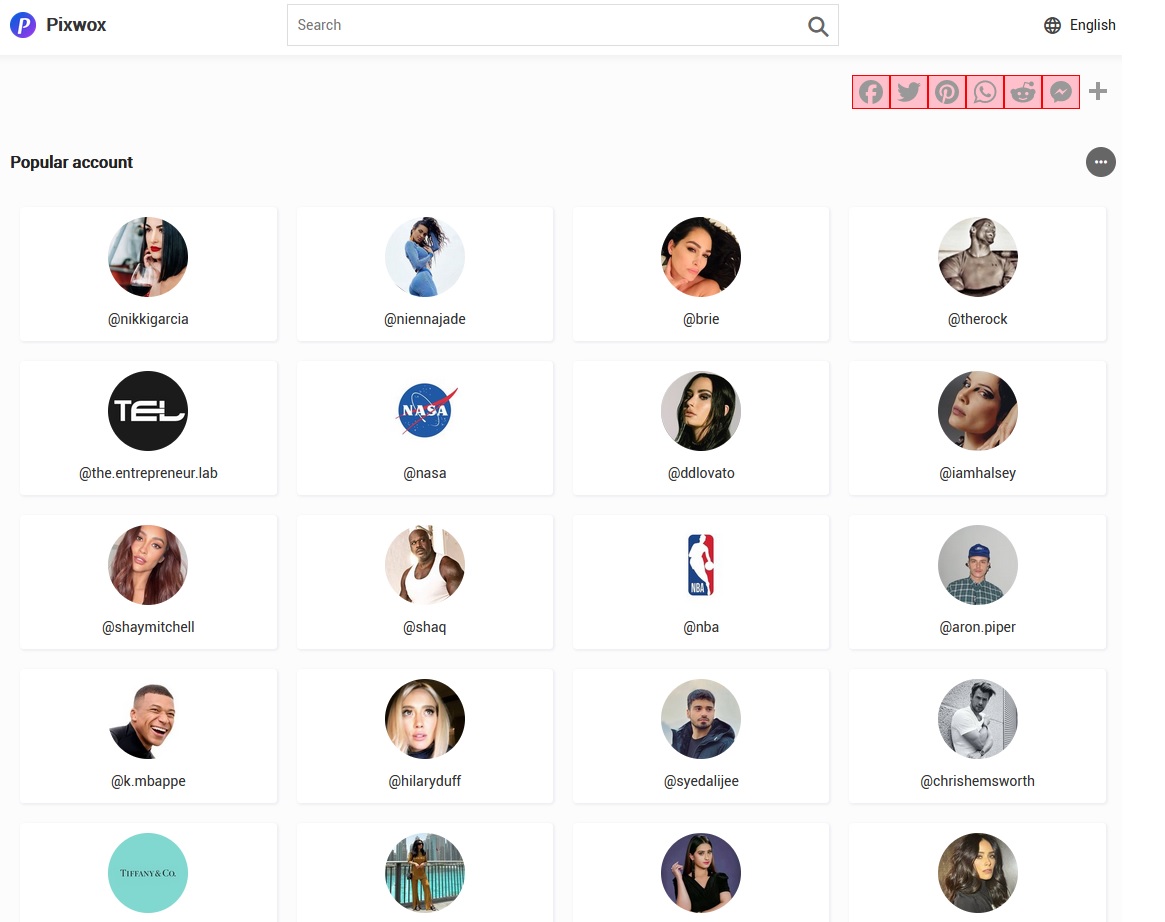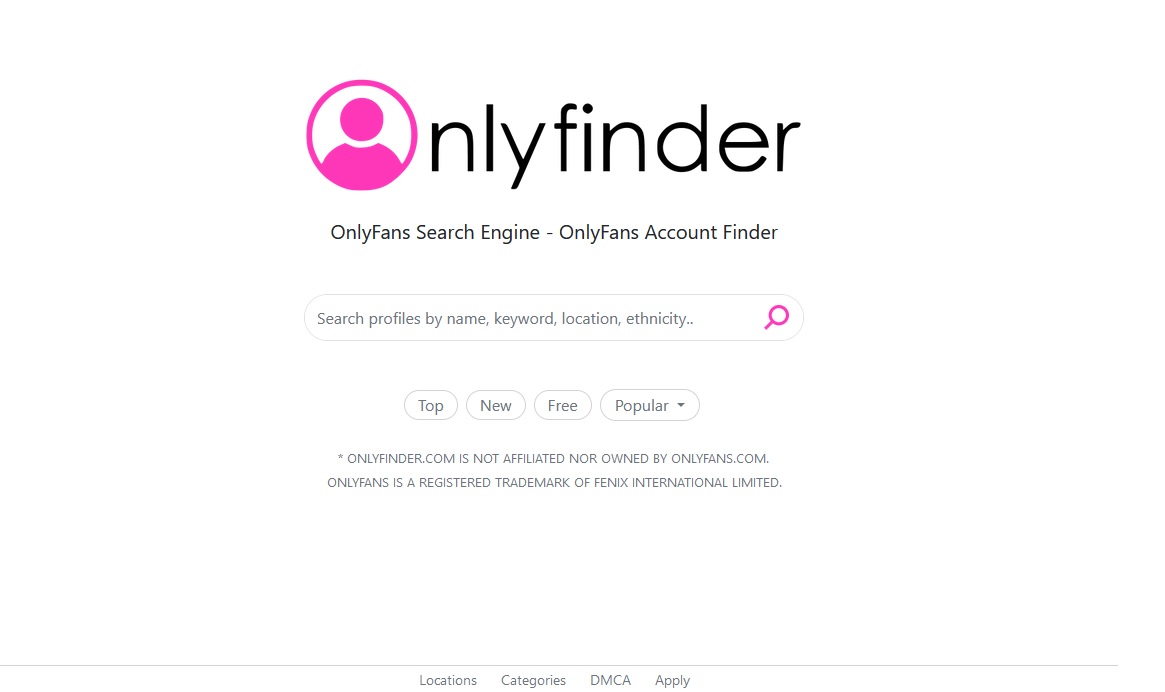In 2021, Ethereum will switch from proof of work (POW) to proof of stake (POS), allowing you to stake your Ether currencies (ETH) in exchange for more ETH.
Staking is part of Ethereum 2.0, an upgrade designed to make the Ethereum network more scalable, faster, and more sustainable. With the upgrade, mining on Ethereum will soon be a thing of the past, as it will be completely replaced with staking. This will make staking the only way to earn new ETH – although this also comes with its own benefits and risks.
In this post, we will be taking you through what Ethereum staking is and how you can stake your ETH. At the same time, we will be letting you in on some drawbacks associated with Ethereum staking. So, sit tight and get ready for the ride!
Ethereum 2.0
Before you learn what Ethereum staking is, it will be good to first learn about Ethereum 2.0 – the Ethereum version that will implement staking proper. Ethereum 2.0, also called ETH2, is an upgrade to the Ethereum network that will cause the network to switch from using the PoW algorithm to PoS with the aim of making Ethereum more scalable, faster, and more secure. The upgrade has already begun but will be experiencing the final phase of the launch anywhere in 2022.
What is Ethereum staking?
Ethereum staking, like general crypto staking, is the process of validating transactions on the Ethereum network to earn new ETH coins. By locking up a minimum of ETH in a wallet, you gain the ability to confirm whether a transaction conforms to signature requirements and other rules. In return for your work, you earn new ETH coins, which are also your staking rewards.
There are a couple of ways you can become a validator; by staking your ETH through the Eth2 software or through Ethereum wallet. You can as well join a staking pool to qualify you for Ethereum staking. However, if you will be staking through the Eth2 software to become a validator, you will need to have a minimum of 32 ETH. If you have anything less than that, you will want to join a pool or another service that lets you stake small amounts of ETH for rewards.
The goal of staking is to make the Ethereum network more secure from attacks while still being a decentralized network. In the coming years when the ETH2 upgrade is finally complete, Ethereum staking will be the only way to create new ETH coins.
How Does Ethereum Staking Work?
Staking on the Ethereum network involves securing and adding new blocks to the Beacon Chain. To become a validator, you will need to deposit a minimum of 32 ETH or join a staking pool with a lower amount. You will be getting new coins as rewards for correctly validating transactions. Validating conflicting blocks will cause you to lose part or all your staked coins through a process known as slashing.
When the Ethereum upgrade is finally complete and the mainnet merges with the Beacon Chain, staking will be the only way to validate all transactions and blocks on the network.
How to Stake Ethereum
Before now, Ethereum staking is not that easy – every validator must have a minimum stake of 32 ETH. But now, staking has become much easier. Instead of staking through the Eth2 software and also facing some complex processes, there are some exchanges that allow you stake with lower amounts while also taking care of the nitty-gritty of staking for you.
Here are the top platforms that allow you stake without stress or the required 32ETH minimum:
- Kraken: according to Kraken’s website, you can stake ETH on the platform to receive a variable yield between 5% and 17%.
- Coinbase: Coinbase also allows you to easily stake on the Ethereum network. The platform recently announced full support for the 2.0 upgrade and promised to give a yield of 7.5%.
- Gemini: Gemini has also announced full support for Ethereum 2.0 and staking coming soon.
- Other staking pools: staking pools allow many participants with less than 32 ETH to come together, pull resources together for staking, and then split the rewards afterward. However, before joining any staking pool, it is recommended that you do your own research before doing that.
Nevertheless, you should know that you can’t withdraw your ETH staking deposit until late in 2021 when the mainnet merges with the Beacon Chain. Just write down your ETH address and your recovery phase so you don’t run the risk of losing access to your ETH down the line.
Ethereum Staking Vs. Mining
Although both mining and staking happen presently on the Ethereum network, mining will be done away with when the upgrade is complete. However, there are a few distinctions between the two:
- Requirement: while mining requires expensive and powerful mining hardware, staking only requires ETH coins, internet access, and a computer.
- Earning difficulty: earning difficulty is very high in mining because it involves high competition and large physical investment to get started. However, with Ethereum staking, there is no need for any sophisticated equipment or heavy investment – staking can be done in pools.
- Environmental impact: mining has a high environmental impact – consumes lots of electricity, but staking consumes less energy and hence, has a low impact on the environment.
- How much rewards to earn: the amount of reward you can earn with Ethereum mining depends on your mining hardware. But the amount of ETH you stake is what determines your reward.
- Withdrawal limits: there is no limit on withdrawal with mining but you can’t withdraw with staking yet – until the Ethereum 2.9 upgrade is complete.
How Much Can You Earn With Ethereum Staking?
Presently, you can earn anywhere between 3% and 8% of your invested ETH, which will also be paid annually in ETH coins.
The amount of rewards you can get from Ethereum staking, however, depends on the number of ETH staked at any given time across the network. The reward is always high when fewer ETH are validating the network in order to provide an incentive for more users to stake their ETH. On the other hand, when more ETH is staked at the same time, the reward will be lower.
The dollar value of your return depends on the current price of Ethereum. If the price of ETH rises, your dollar reward increases even more. But if the price drops, your reward value drops as well.
Bottom Line
Ethereum staking involves locking up a portion of Ether to validate the Eth2 Beacon Chain and earn rewards. You either stake alone by depositing 32 ETH or stake with a lower amount by joining a staking pool. Either way, you won’t be able to withdraw your deposited ETH and reward until later in 2021 when the Ethereum 2.0 is fully complete. You also risk losing your staked ether if you validate incorrect blocks.








Add Comment